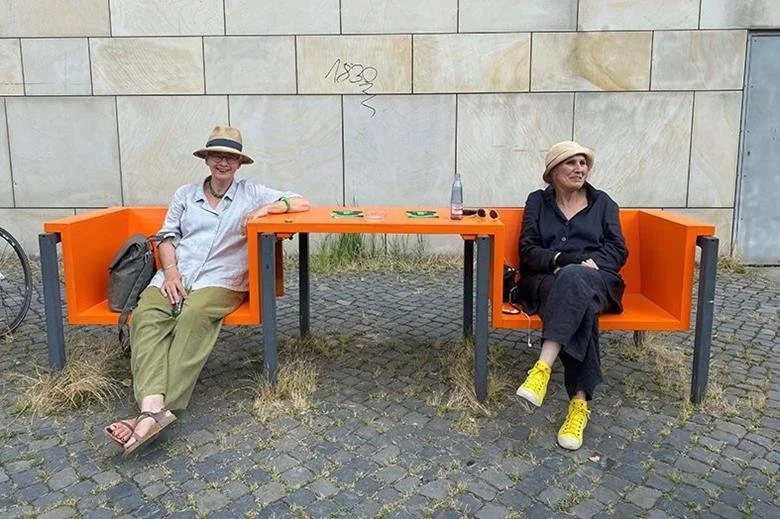Designing for every body
Architectural activist, teacher and campaigner Jos Boys has spent decades questioning who architecture is really for. In this profile, Mary Richardson explores how her latest work reframes access as a political, creative and collaborative practice
…
“Rather than accepting standard definitions, DisOrdinary challenges the reductive ways disability is often framed in design discourse. “There remain huge problems with the way disabled people are put into functional categories.
“You know: ‘You’re blind’, ‘You’re deaf’, or ‘You use a wheelchair’; and there’s also an assumption that these categories are somehow very straightforward and unproblematic; not related to one another; and have no overlap. You design for ‘normals’, then at the end of the design process you add in little bits and pieces for all the people you’ve left out. Which is very odd when you think about it.”
Instead, DisOrdinary draws on the idea of “access ecologies”, a term developed by disabled artist Kevin Gotkin. “Everyone has access needs,” says Boys, “it’s just that non-disabled people don’t recognise that ‘normal’ built surroundings already meet their needs.”

